-
Rooted in industrial chic and timeless leathercraft, this stool channels the en...
-
Inspired by the timeless elegance of mid-century modern design, this chair pays...
-
Stripped of all excess, this chair embraces essential form with intentional des...
-
Step into the world of classic design, a remarkable fusion of style and comfort...
-
Find out this versatile icon of design chair that effortlessly blends into any ...
-
Discover this metal chair, a symbol of modern craftsmanship that combines simpl...
-
The chair's design is characterized by its simplicity and functionality. The ar...
-
The Minimalist Black Design Chairs is an iconic piece of furniture that has lef...
-
Bring a touch of rustic industrial charm to any setting with our Industrial Woo...
-
The Backless Black Metal Stools feature a distinctively simple yet elegant stru...
-
The timeless elegance of our Classic Black Metal Design Chairs—where sleek soph...
-
The stool's minimalist design is accentuated by its clean lines and geometric s...
What types of wood are best for making wooden chairs?
1. Windsor Chair
The Windsor chair is one of the most iconic wooden chair styles, known for its distinctive design that combines elegance with comfort and durability. It typically features a solid wooden seat that is shaped for ergonomic comfort, with a back composed of several thin, turned spindles that radiate upward and outward, joined by a hoop or bow-shaped top rail. The legs are also turned and splayed outward, providing stability.
-
History & Origin: The Windsor chair originated in England in the early 18th century, gaining popularity for its lightweight and sturdy construction. It later became a staple of American colonial furniture.
-
Materials & Construction: Often crafted from a combination of hardwoods such as oak, ash, or elm for the seat, and softer woods for the spindles.
-
Applications: Commonly used in dining rooms, kitchens, and informal settings. The chair’s classic look fits well in traditional, farmhouse, and rustic interiors.
2. Ladderback Chair
Characterized by horizontal slats or “rungs” across the backrest, ladderback chairs are some of the oldest known wooden chair designs. The seat is usually made of wood or woven rush, which adds to the chair’s rustic charm.
-
Historical Context: Ladderback chairs date back to medieval Europe, where they were crafted for practical use in homes and inns.
-
Design Features: The simplicity of the horizontal slats provides strong back support. The legs and rails tend to be straight and sturdy.
-
Modern Usage: Today, ladderback chairs evoke a country or farmhouse aesthetic and are popular in casual dining areas and cottages.
3. Shaker Chair
The Shaker chair exemplifies minimalist design principles, focusing on functionality, durability, and simplicity. It usually has a straight, vertical slat back and a woven seat made from tape or rush. Ornamentation is minimal or absent.
-
Philosophy: Designed by the Shaker religious community in the 18th and 19th centuries, their furniture reflects their values of simplicity, honesty, and utility.
-
Materials & Techniques: Made from maple, cherry, or pine, Shaker chairs often feature turned legs and stretchers, showcasing fine craftsmanship despite their unadorned appearance.
-
Aesthetic Appeal: The clean lines and functional form make Shaker chairs suitable for modern minimalist interiors as well as traditional ones.
4. Queen Anne Chair
This style represents the height of elegance in early 18th-century furniture design. Queen Anne chairs are recognized for their graceful curves, including cabriole legs (which curve outward at the knee and inward at the ankle), a curved or scalloped top rail, and often a vase-shaped splat (the vertical central piece of the backrest).
-
Design Characteristics: Upholstered seats are common, adding comfort to the refined wooden frame.
-
Historical Background: Named after Queen Anne of England, this style became popular during her reign (1702-1714) and influenced furniture making across Europe and America.
-
Usage: Seen as formal dining or parlor chairs, they are perfect for classic, sophisticated interiors.
5. Mission or Arts and Crafts Chair
Emerging as a reaction against the ornate Victorian era, the Mission style emphasizes craftsmanship, honesty of materials, and simple geometric forms. These chairs feature flat panels, straight vertical lines, and exposed joinery, often crafted from oak with visible wood grain.
-
Philosophical Roots: The Arts and Crafts movement in the late 19th century promoted handcrafted furniture as an antidote to industrial mass production.
-
Durability & Style: Mission chairs are sturdy and functional, with a rustic yet elegant appeal.
-
Contemporary Use: Popular in craftsman-style homes and settings that celebrate natural materials and artisan skills.
6. Bentwood Chair
The bentwood chair style is famous for its elegant curves created by steaming and bending thin strips of wood, typically beech. The Thonet No. 14 chair is the most renowned example, widely used in cafes and bistros around the world.
-
Innovation: Introduced in the mid-19th century by Michael Thonet, bentwood chairs represented a revolutionary manufacturing technique that allowed mass production of lightweight, strong, and affordable furniture.
-
Design Traits: Smooth, flowing lines and circular shapes dominate, with seats often made from cane or wood.
-
Modern Context: Bentwood chairs combine classic design with modern practicality, suitable for both casual and formal settings.
7. Scandinavian or Nordic Chair
Scandinavian wooden chairs prioritize simplicity, lightness, and natural beauty. They usually feature clean lines, gentle curves, and light wood finishes such as birch or beech.
-
Design Philosophy: Rooted in functionalism and minimalism, these chairs reflect the Scandinavian ethos of creating practical yet beautiful everyday objects.
-
Materials & Craftsmanship: Natural wood is often left untreated or lightly finished to preserve its appearance.
-
Popular Usage: These chairs fit perfectly in modern, minimalist, and eco-friendly interiors.
8. Rustic or Log Chair
Rustic wooden chairs showcase the natural textures and shapes of wood, often made from logs or branches with minimal shaping. These chairs emphasize ruggedness and a connection to nature.
-
Aesthetic: The use of raw wood and visible knots or bark adds authenticity and character.
-
Context: Popular in cabins, lodges, and outdoor patios where a natural and earthy look is desired.
Each wooden chair style carries a unique history, design philosophy, and functional purpose. From the refined curves of the Queen Anne to the rustic charm of the ladderback, these chairs illustrate the versatility and timeless appeal of wood as a material. Choosing the right style depends on the intended use, desired aesthetic, and the surrounding decor environment.

 English
English Français
Français Español
Español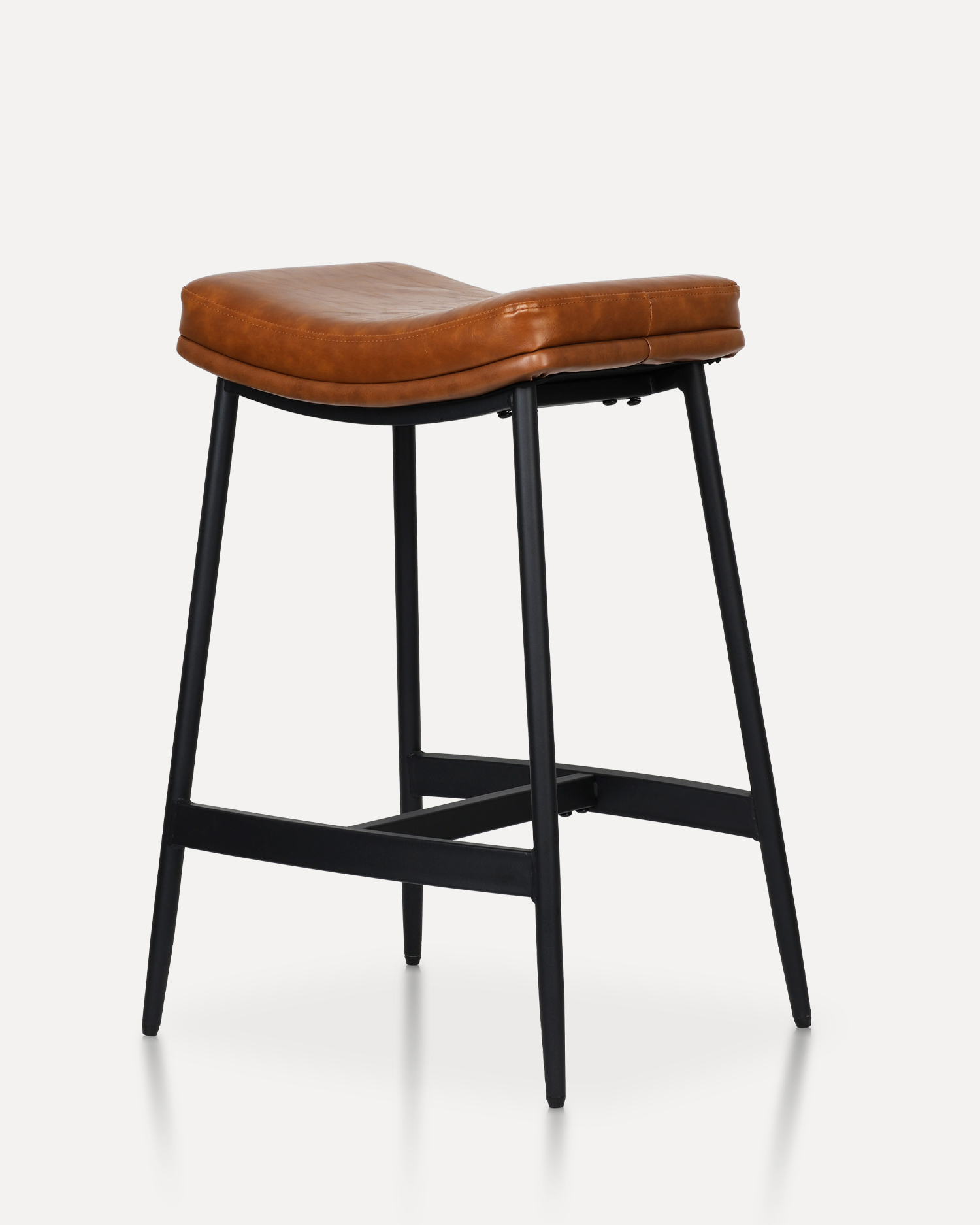
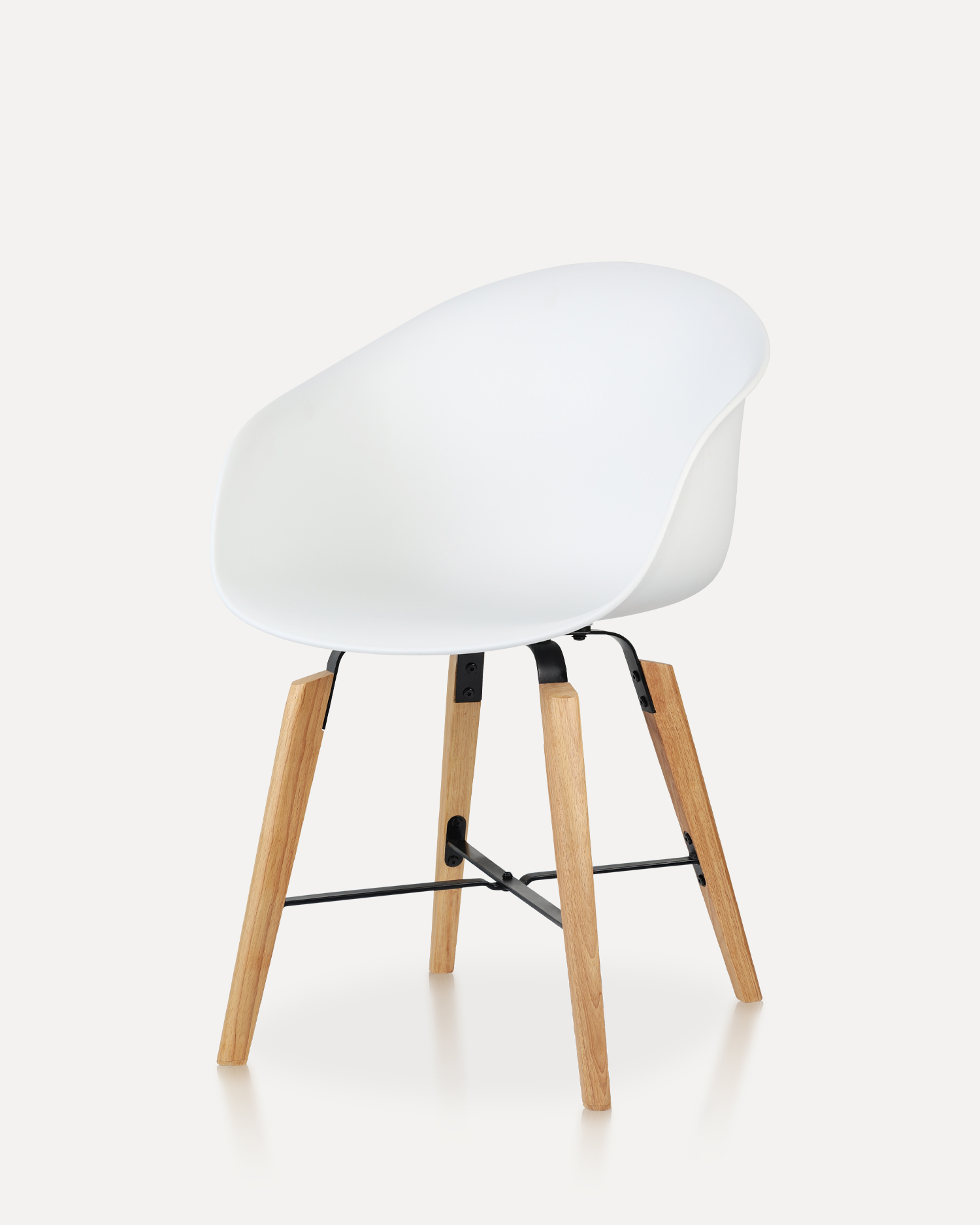
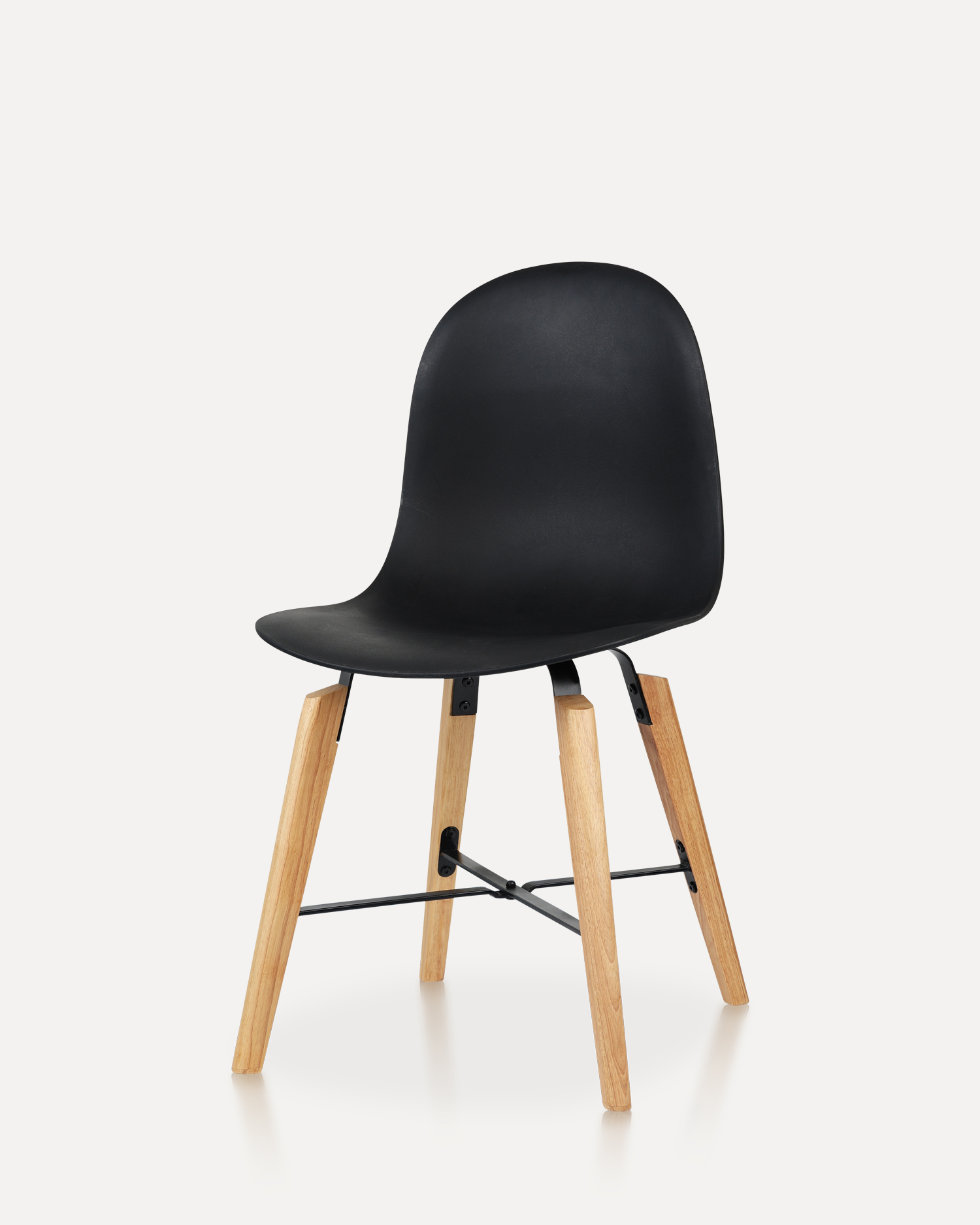

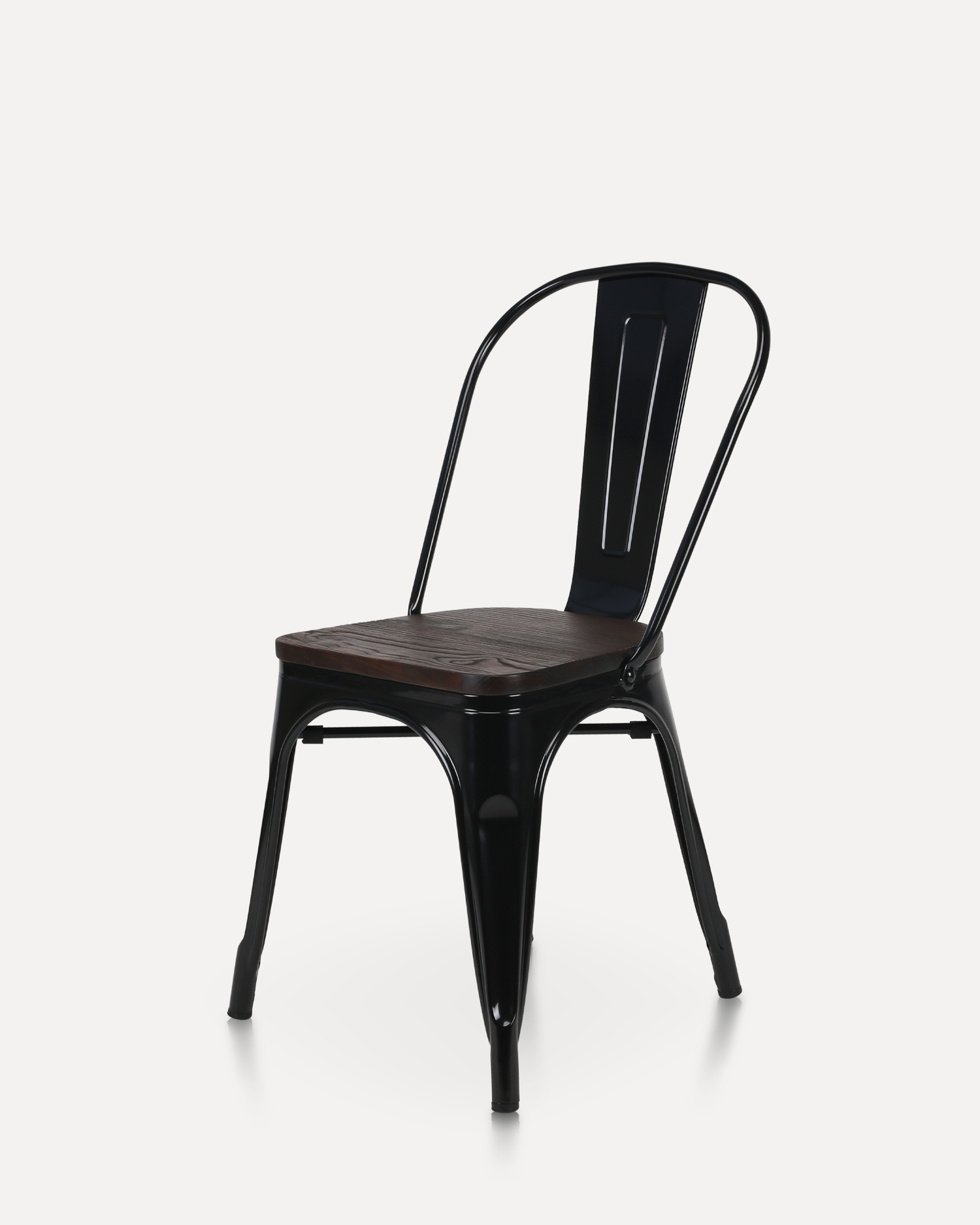
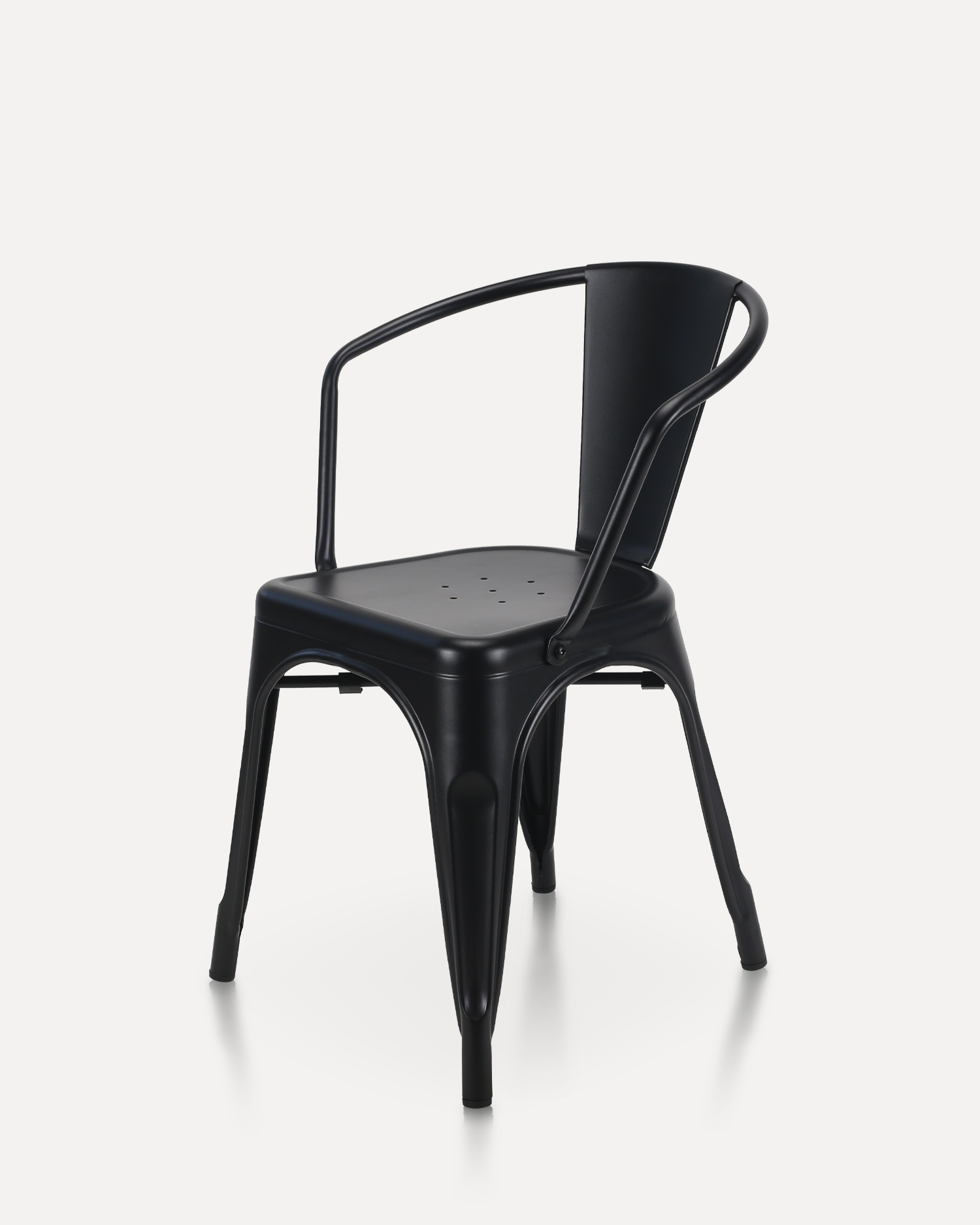
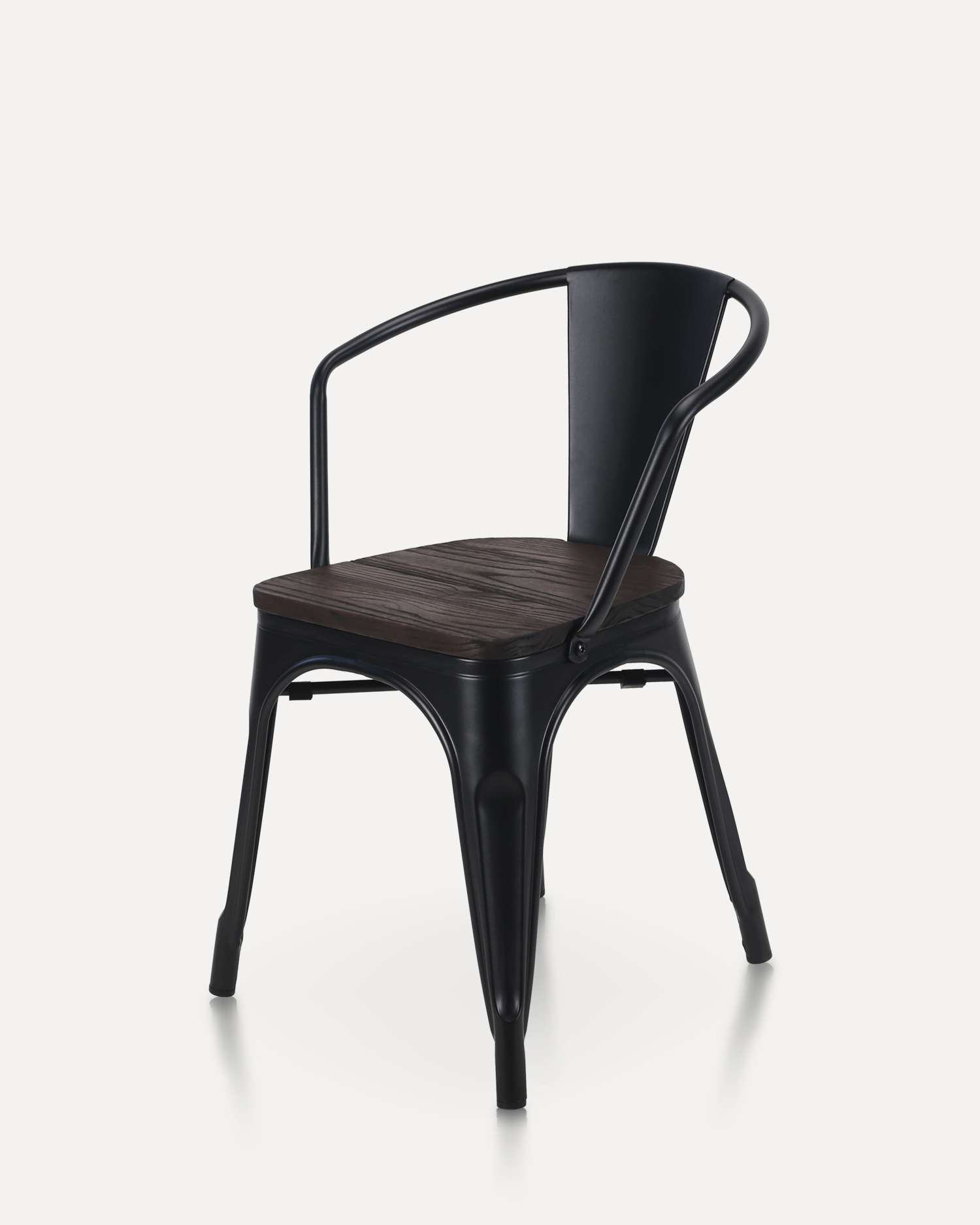
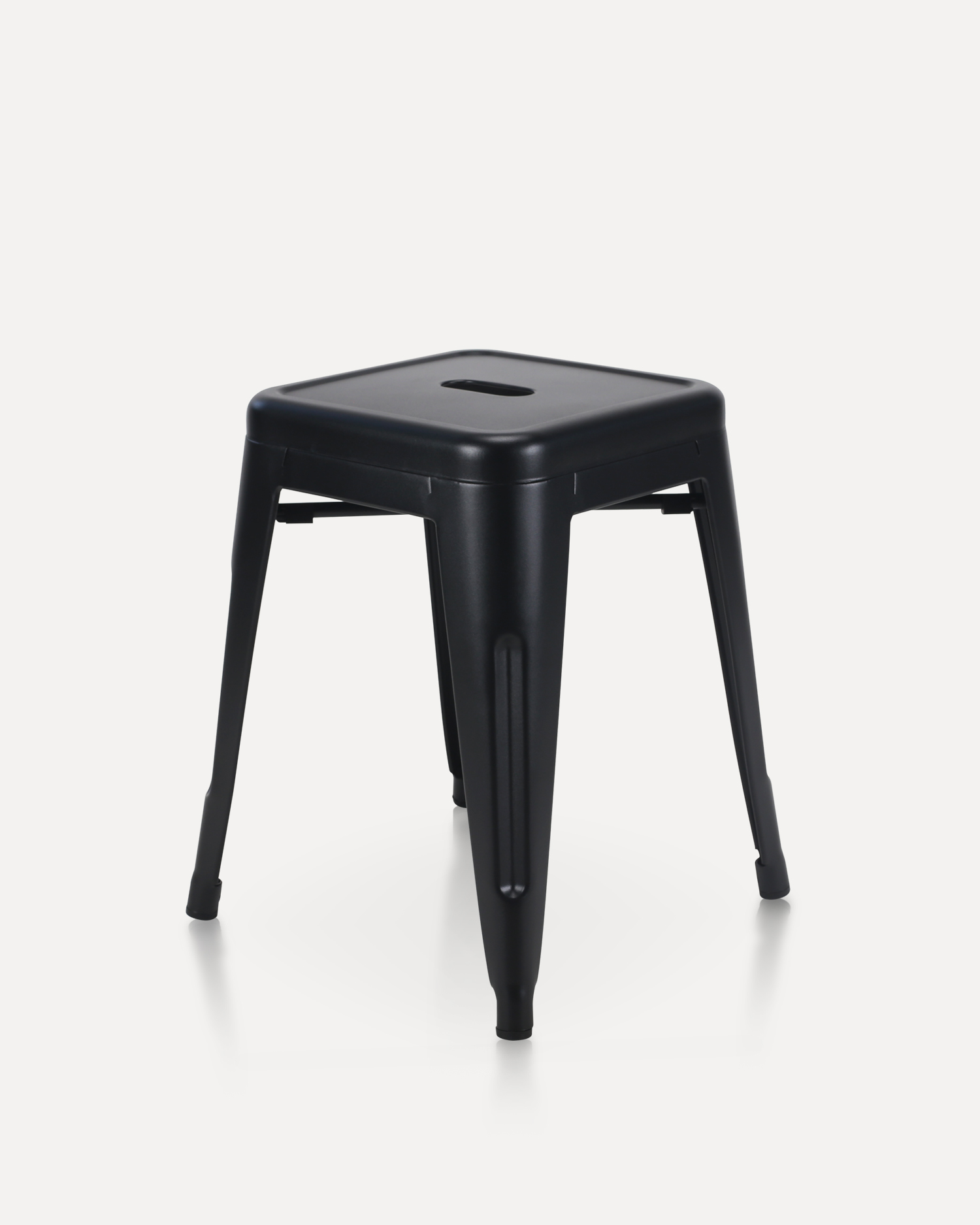
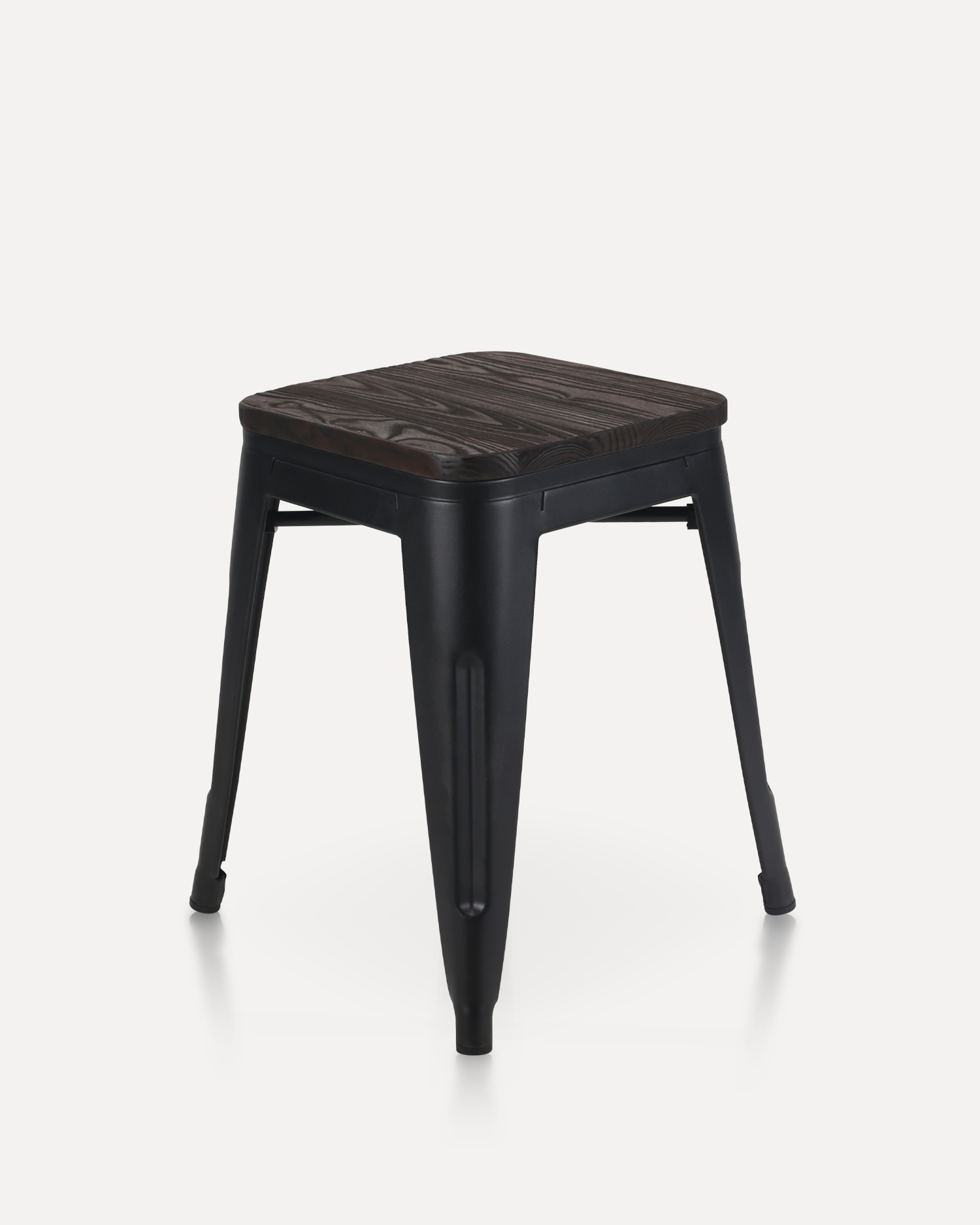
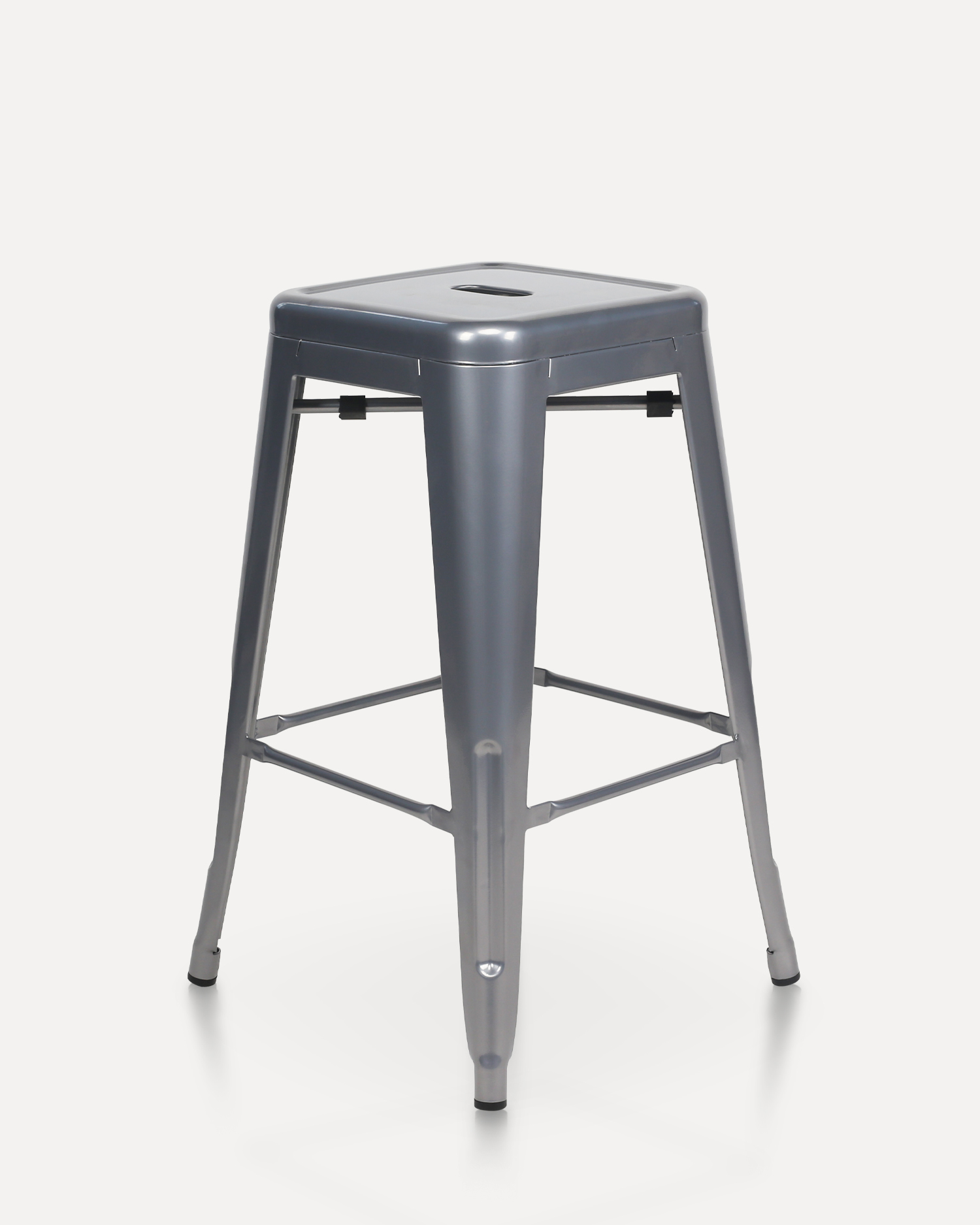
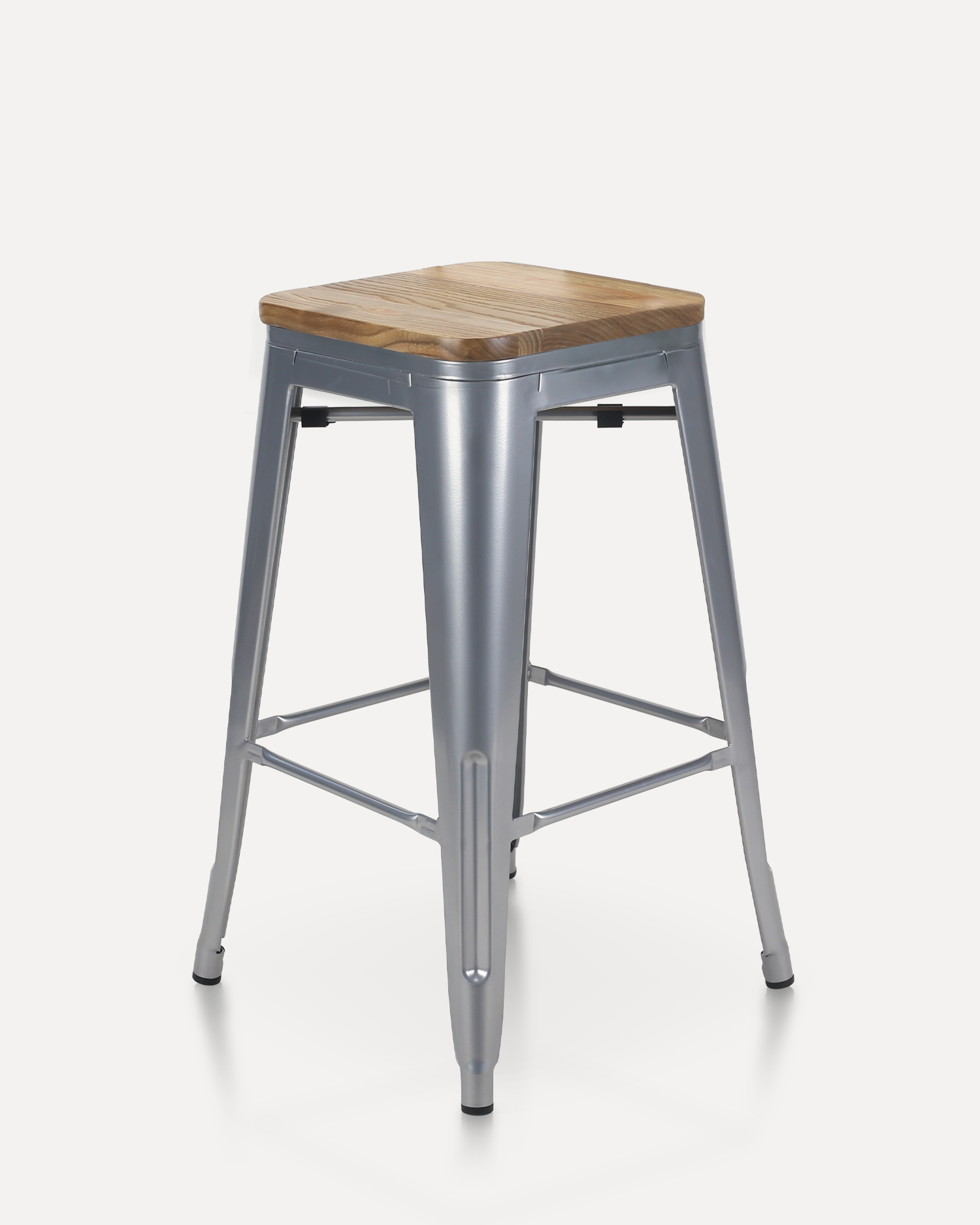
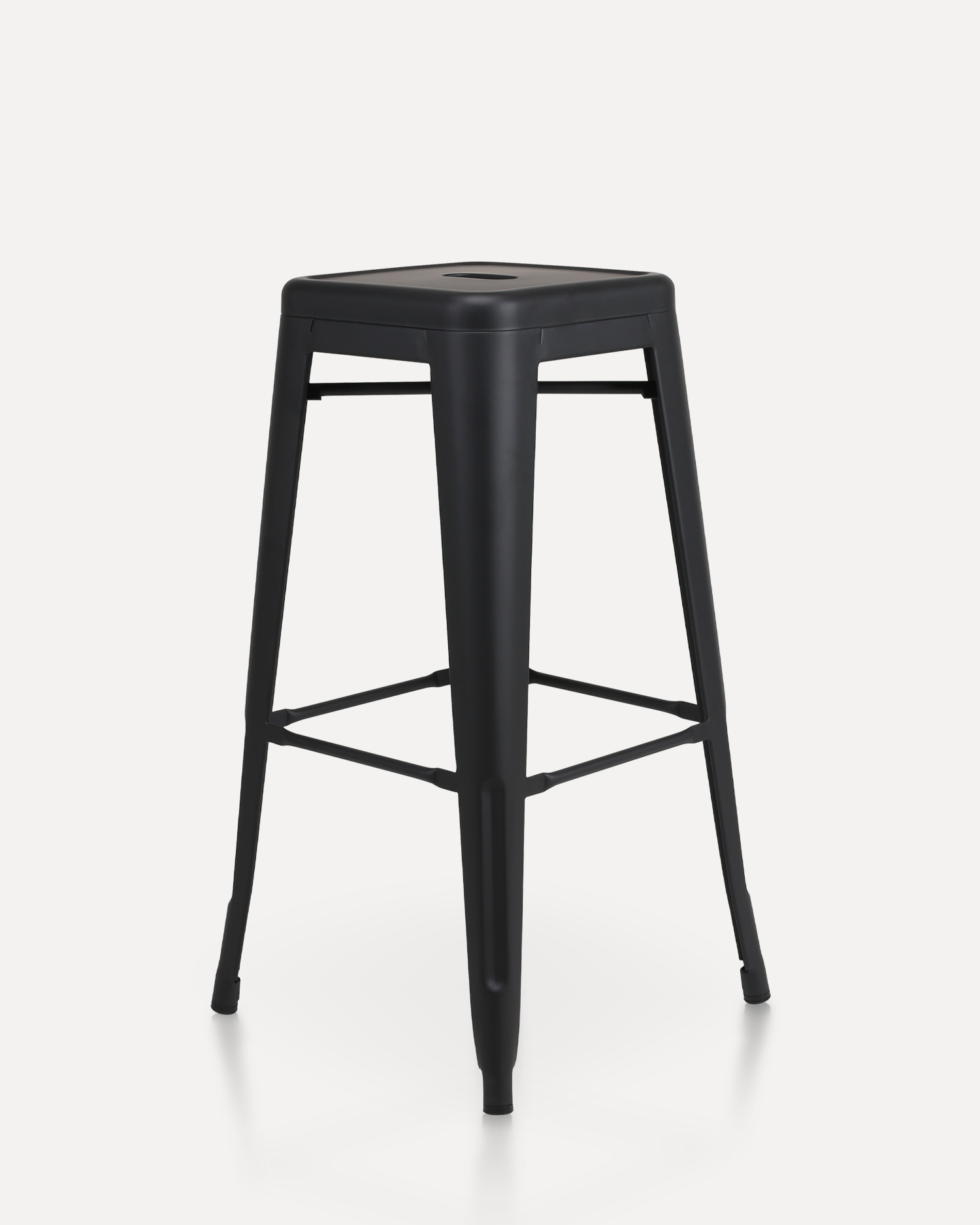





 Instagram
Instagram
 Facebook
Facebook
 Linkedin
Linkedin